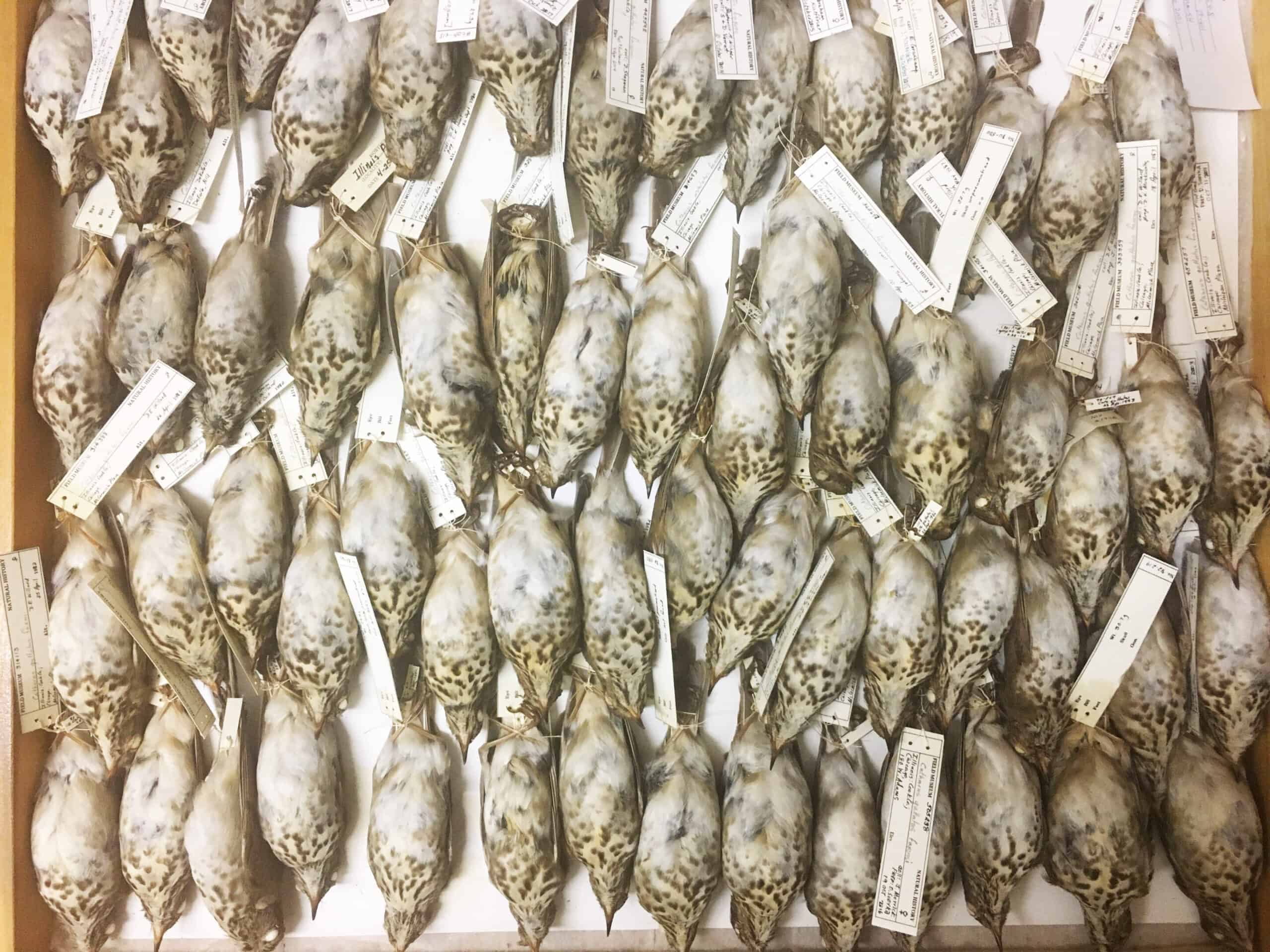Share this article
Cracking open the window of birds’ mystery microbiomes
Carcasses of birds that collided with windows offer scientists a view into their interior world
Every year, millions of birds crash into windows in cities along their migratory path. Scientists and volunteers rise at dawn to collect the fallen birds, rehabilitating the injured and documenting the dead. Carcasses from these collisions can offer a treasure trove of scientific information.
A new study in the journal Molecular Ecology makes use of these specimens to help understand the relationship between birds and the microbes living in their guts—which appears to be wildly different from mammals and their microbiomes. The scientists’ work involved DNA sequencing—and a whole lot of bird poop.
Mammal species tend to have their own signature array of gut microbes that help them digest food and fight off disease—relationships that can go back millions of years. But researchers have been finding that birds’ microbiomes seem to play by a different set of rules. Findings from the latest study, looking at thrushes, point to birds’ microbiomes likely having more to do with the environment around them.
“Scientists are still trying to figure out how significant a role the microbiome has with birds,” said lead author Heather Skeen, a research associate at the Field Museum.
Header Image: A drawer at the Field Museum is filled with thrushes that were killed crashing into city windows. Credit: Heather Skeen








